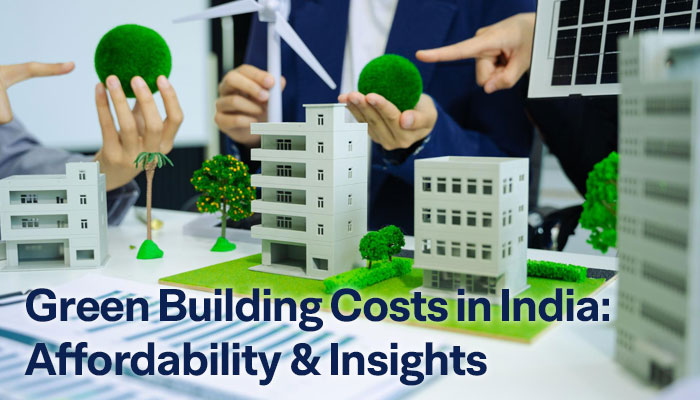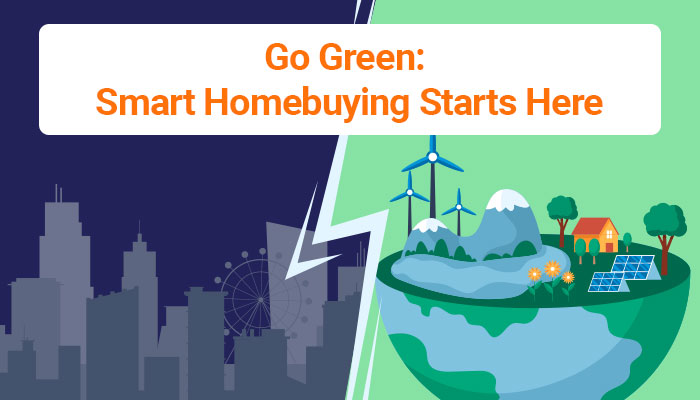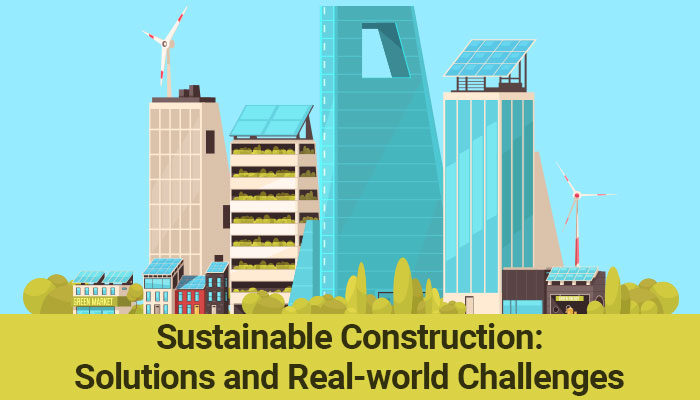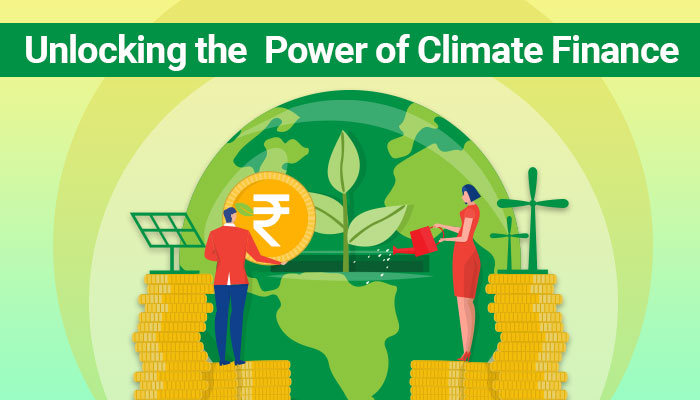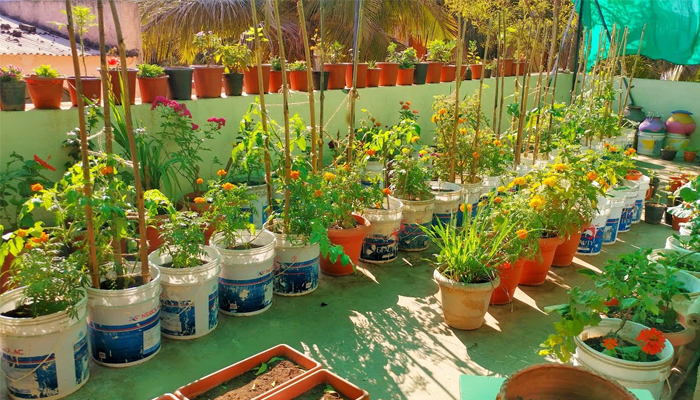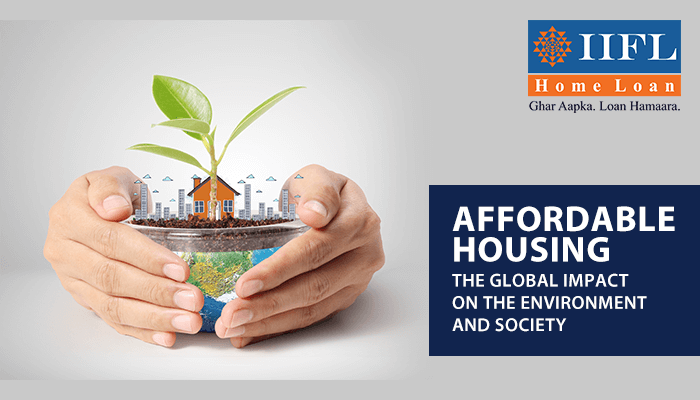The Economics of Eco-friendly Homes: Saving Money While Saving the Planet

The world has been increasingly focused on environmental awareness and sustainability in recent years. This emphasis is especially noticeable in housing, where more and more homeowners are choosing sustainable building materials. In addition to the admirable objective of lessening carbon footprint, there is a solid financial case for purchasing environmentally friendly real estate.
These houses help create a healthier environment and provide homeowners with substantial long-term financial gains. Let's examine the economics behind eco-friendly houses and how these sustainable homes can reduce costs while protecting the environment.
Initial Outlay vs Long-term Reserves
It's no secret that the initial cost of eco-friendly homes is typically more than that of regular dwellings. An initial investment is usually more for features like solar panels, energy-efficient appliances, and sustainable building materials. On the other hand, long-term savings must be considered while evaluating this initial outlay.
Energy efficiency is one of the most significant financial benefits of eco-friendly housing. These homes gradually lower their utility expenses by using energy-saving devices and renewable energy sources, such as solar power. Considerable energy and heating cost reductions are available to homeowners, eventually leading to lower monthly bills and more stable finances.
Government Grants and Income Tax Advantages
Numerous governments provide tax breaks and incentives to homeowners who invest in environmentally friendly housing solutions to promote adopting eco-friendly practices. These incentives aim to cover the initial cost of eco-friendly modifications. They can come as grants, tax credits, or rebates.
Governments might offer tax credits for green building materials like solar panel installation or incentives for energy-efficient house upgrades. Eco-friendly improvements become cheaper thanks to these financial advantages, which help shorten the payback period, making them a desirable investment choice for homes.
Rise in the Value of Real Estate
In addition to the immediate tax benefits and electricity bill savings, environmentally friendly homes typically fetch better resale values in the real estate market. Eco-friendly residences are in high demand as purchasers prioritize sustainability and environmental awareness.
Research has indicated that properties featuring energy-efficient enhancements or green certifications frequently fetch a higher price than their traditional equivalents. Furthermore, because they have less impact on the environment and require less maintenance, eco-friendly houses are valued more highly and are a wise investment in selling.
Well-being and Health
The health and well-being of residents are other facets of the economics of eco-friendly housing. Better indoor air quality, natural ventilation systems, and sustainable building materials contribute to a healthier living environment and lower medical expenses related to allergies and respiratory diseases.
Additionally, the psychological advantages of residing in an eco-friendly house, such as a closer connection to the natural world, can improve general well-being and productivity. Eco-friendly homes prioritize health and well-being, which lowers medical costs and improves the quality of life, thereby providing long-term financial benefits.
Reduction of Climate Change Expenses
The ability of eco-friendly homes to reduce the expenses associated with climate change is arguably the most vital economic argument in favor of them. The cost of extreme weather, environmental degradation, and public health emergencies is rising for society due to the global climate catastrophe.
Sustainable homes help mitigate the financial losses linked to environmental deterioration by lowering carbon emissions and resource consumption, which supports more significant initiatives to address climate change. Purchasing sustainable housing not only helps individual homeowners save money but also lessens the financial strain on society.
Final Thoughts
To sum up, there is a strong argument for homeowners to invest in sustainable housing solutions due to the economic benefits of eco-friendly dwellings. Sustainable homes are a wise financial choice even though the upfront expenditures may initially seem high because of the long-term savings, government incentives, higher property prices, and health advantages.
Moreover, eco-friendly homes are essential to preserving the environment for coming generations since they lower carbon footprints and lessen the effects of climate change. Homeowners can contribute to a more sustainable and prosperous future for everyone by saving money and protecting the environment.
Don't hesitate to contact IIFL Home Loans if you're looking for an affordable home loan interest rate to help you create your dream home! It's time to transition to a greener house and move toward a sustainable future.
FAQs
Q1. What advantages do eco-friendly homes offer?
A few benefits of green buildings are a lower carbon footprint, increased energy efficiency, lower long-term expenditures, and a positive environmental impact. Green buildings demonstrate that they can meet present requirements while protecting resources and securing a better future.
Q2. What makes a home eco-friendly?
To save and reuse water effectively, eco-friendly houses typically have innovative water conservation systems installed. These systems recycle natural rainfall into usable water for residents. This covers devices such as rainwater harvesting systems, which gather precipitation that typically falls on larger surfaces, such as your roof.
Q3. What does an eco-friendly dwelling entail?
Solar energy, rainwater collection, recycling capabilities, food gardens, and other characteristics are among the most typical elements of an eco-friendly house. Using natural materials, energy-efficient practices, and renewable energy sources are the cornerstones of eco-friendly housing.
Q4. How do houses turn green?
Energy-efficient appliances, such as fans and lights that run on the heat or sun, are used in green homes. By using these appliances, annual energy usage can be lowered by about 30%.
Q5. Are sustainable homes better?
Making healthier choices, reducing exposure to dangerous substances, and protecting the environment for future generations are all made possible by adopting an eco-friendly lifestyle. Modest adjustments to your everyday routine can have a significant impact.
Tags
Disclaimer: The information contained in this post is for general information purposes only. IIFL Home Finance Limited (including its associates and affiliates) ("the Company") assumes no liability or responsibility for any errors or omissions in the contents of this post and under no circumstances shall the Company be liable for any damage, loss, injury or disappointment, etc. suffered by any reader. All information in this post is provided "as is", with no guarantee of completeness, accuracy, timeliness, or of the results, etc. obtained from the use of this information, and without warranty of any kind, express or implied, including, but not limited to warranties of performance, merchantability, and fitness for a particular purpose. Given the changing nature of laws, rules, and regulations, there may be delays, omissions, or inaccuracies in the information contained in this post. The information on this post is provided with the understanding that the Company is not herein engaged in rendering legal, accounting, tax, or other professional advice and services. As such, it should not be used as a substitute for consultation with professional accounting, tax, legal or other competent advisers. This post may contain views and opinions which are those of the authors and do not necessarily reflect the official policy or position of any other agency or organization. This post may also contain links to external websites that are not provided or maintained by or in any way affiliated with the Company and the Company does not guarantee the accuracy, relevance, timeliness, or completeness of any information on these external websites. Any/ all (Home/ Loan Against Property/ Secured Business Loan/ Balance Transfer/ Home Improvement Loan/ NRI Home Loan/ Home Loan for Uniformed Services) loan product specifications and information that may be stated in this post are subject to change from time to time, readers are advised to reach out to the Company for current specifications of the said (Home/ Loan Against Property/ Secured Business Loan/ Balance Transfer/ Home Improvement Loan/ NRI Home Loan/ Home Loan for Uniformed Services) loan.
 Login
Login






